選択した画像 how do rocks break into smaller pieces 138827-What breaks rocks into smaller pieces without changing their composition
You need to add Feathers (sleeve material of wood, metal or plastic), Wedges (a tapered piece of steel or oldtimey flat nails) and a Heavy Hammer to literally split up that rock from little drilled holes Piece it out and the fence will be clear to goWhen the water melts again, it seeps deeper into the crack and begins the process again This freezethaw weathering can break a rock down into much smaller pieces, increasing the total exposed surface area and hastening the process of weathering fromGetting too big to email;
Q Tbn And9gctqpi3uqtciq6p69eaf3brdvau9ll3pzjks0hyljram5gj4rqjt Usqp Cau
What breaks rocks into smaller pieces without changing their composition
What breaks rocks into smaller pieces without changing their composition- Organic sedimentary rocks, like coal, form from hard, biological materials like plants, shells, and bones that are compressed into rock The formation of clastic and organic rocks begins with the weathering, or breaking down, of the exposed rock into small fragmentsWith weathering, rock is disintegrated into smaller pieces Once these sediments are separated from the rocks, erosion is the process that moves the sediments away from it's original position The four forces of erosion are water, wind, glaciers, and gravity Water is
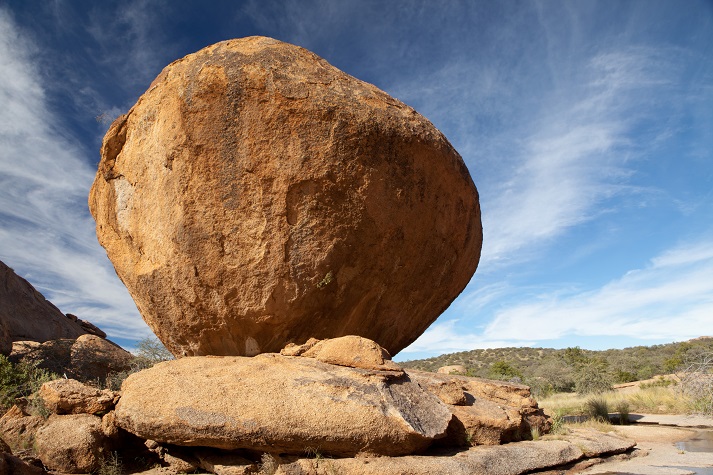



How Do Rocks Break Educational Resources K12 Learning Earth Science Science Lesson Plans Activities Experiments Homeschool Help
Water, freezing, thawing, and wind break rocks into smaller portions The rocks and mountains would break down into smaller and smaller pieces and fall away Small pieces of rock are called sediment, although sediment is found in a wide range of sizes Sediment is created from the weathering and erosion of large rocks, as well as from other natural and unnatural processes Regardless of their size, all pieces of rock that break off of other rocks are called sedimentRocks break down into small pieces naturally by process of weathering and then it is being carried away farther from its location by erosion Weathering can be physical, chemical, biological For further study Weathering Wikipedia Artificially we break it apart by use of explosives (sometimes by chemical agent, hammering ) which is poured into
Rocks are hard, compact and solid They continuously break into small pieces This process is called weathering There are factors that cause the breaking down of rocks to small pieces and finally become soil Different factors act constantly of rocks to breakA J B K C L D M If the cracks formed the way you had hoped and the rock is in smaller pieces, you can now use your pry bar to wedge the rocks apart If some pieces of the rock are still too large to move, you can always drill additional holes and start the process again Option 2
Once the boulders were broken into smaller pieces of stone, it was easy to pick them up and transport them in the wagon to the building site The building of the windmill is an example of Weathering causes rocks to break down into smaller particles To explain it easier, weathering is defined as the process where rocks are dissolved and broken down into smaller pieces There are three kinds of weathering processes and these are as follows 1) Mechanical weathering process wherein it physically breaks the rocks into smaller Yes, you can break larger crystals into smaller crystals Yes, the Tiger Eye will still contain enough of each element to create the right vibration This is a common practice for many who make jewelry The size of a crystal will not effect the vibration or properties of a crystal




Mechanical And Chemical Weathering Flashcards Quizlet



1
Weathering is the process where rock is dissolved, worn away or broken down into smaller and smaller pieces There are mechanical, chemical and organic weathering processes Organic weathering happens when plants break up rocks with theirRocks at the surface undergo mechanical and chemical weathering These physical and chemical processes break rock into smaller pieces Physical weathering simply breaks the rocks apart Chemical weathering dissolves the less stable minerals These original elements of the minerals end up in solution and new minerals may form Lichen break down rock as they grow, they trap moisture and organic compounds underneath, and seeps into the cracks into the rocks On cold days, the water expands;
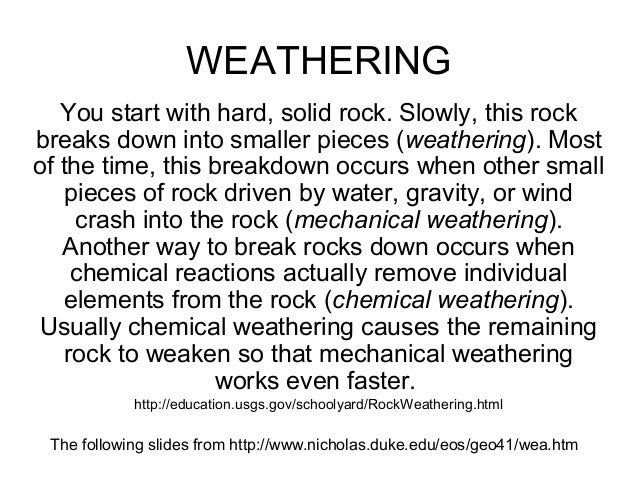



Weathering And Erosion
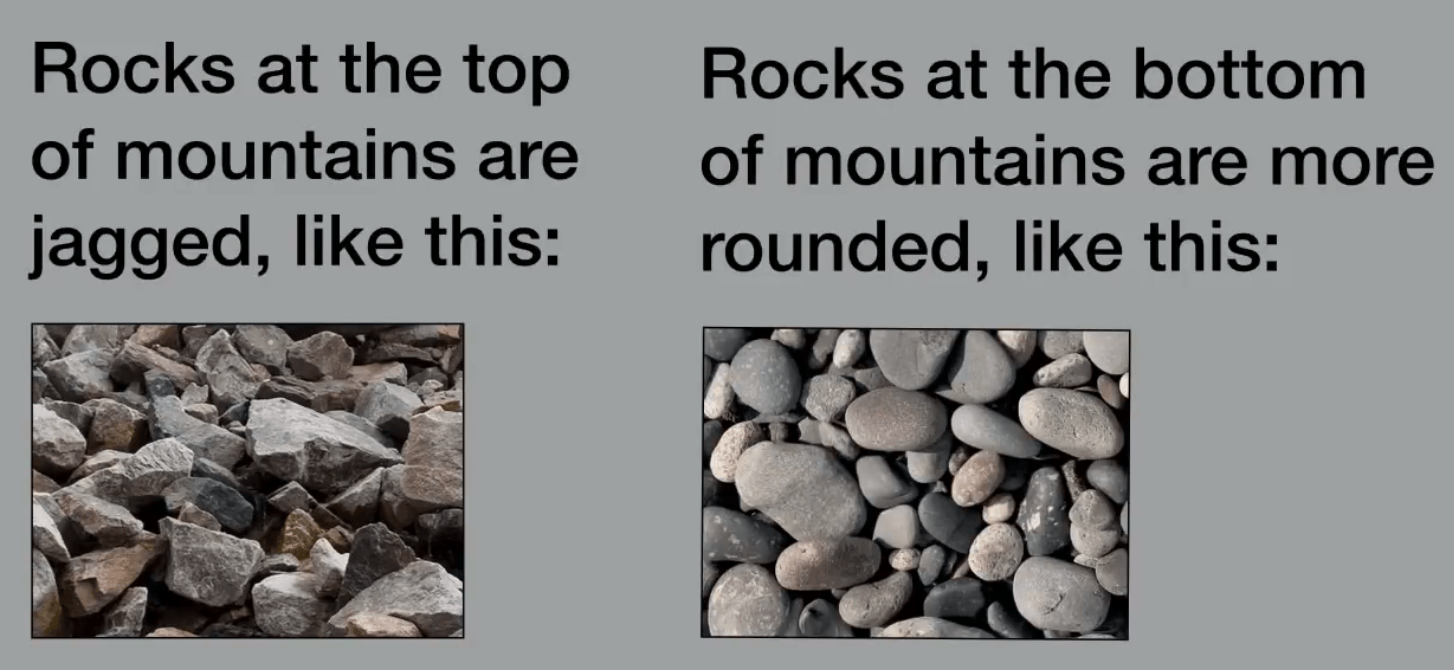



Do Mountains Last Forever Learningin21
If using a bag, put your rocks into the bag Be sure not to overcrowd the bag If using the other methods, the same applies Be sure that if you put multiple rocks into the bag that you want the rocks to be all the same hardness In other words, don't mix up the type of rocksJust getting too big;Hi my Friends, today a Friend assistated How to make video This is how to break the rock/stone easy way, anyway do not try this at home, some knowledge need



Weathering And Erosion Earth Processes Onegeology Kids Extra Onegeology




Weathering Wikiversity
Ask students to make a claim about plants causing rocks to break and support it with evidence from data Students might use science ideas about forces to reason why the evidence supports the claim Students might also use the science idea that plants need space to grow to reason why the data supports the claim The solution is simple – break the task down into small manageable pieces Whereby a big project may seem overwhelming and will probably cause you to procrastinate, splitting it into smaller steps can calm you down, make it seem less intimidating and far more manageable and will motivate you to get started The seller does not intentionally break up crystals in order to sell them as chips, chunks, etc — at least, not that I am aware of ) I think you should leave it up to the crystal ) For instance, I do some lapidary work — slicing and polishing crystals, repairing dings and dents, cutting into shapes, etc



Thunderbolt Kids



What Natural Activities Work To Break Down Rock
The way that tempered glass breaks into much smaller pieces is specifically attributed to the manufacturing processes Glass (with nickel sulphide inclusions) is tempered by heating and then rapidly cooled to room temperature Cooling takes place much faster at the center of the glass than at the surface, causing compressive stresses in theCustomize pieces with a hammer and chisel While it is an oldfashioned method, it still works Cut pieces of slate with a hammer and chisel by chiseling a line across the face of the stone where you want to cut it Snap the piece of stone along that line, and the stone will break where you scored itCommonly, the wind or running water will carry dust, sand, and other small chunks of matter which thr collides with rocks, and the effect of such collisions is to crack or break the surfaces of both the rock and the wind/water driven particles, which eventually breaks off small chunks, wearing both down This process is called erosion




In This Mystery Students Will Explore How Solid Rock Breaks Apart Into Smaller Pieces Through A Process Called Weat Destructive Force Student Student Teaching




What Natural Activities Work To Break Down Rock
1) Plants/seeds and ice (water freezes) break rocks into smaller piecesWeathering is the process of breaking down rocks and minerals into smaller pieces by water, wind, and ice Sedimentary rocks are formed from the breaking apart of other rocks (igneous, metamorphic, or sedimentary rocks) and the cementation, compaction and recrystallization of these broken pieces of rockAll rocks on the Earth's surface weather though some weather faster than others Three different forces work together to break up rocks into smaller pieces 1 Physical weathering cycles of hot and cold temperatures make rocks expand and contract, and rain may freeze and expand in cracks in the rock These processes eventually lead to rocks




Weathering The Productive Teacher
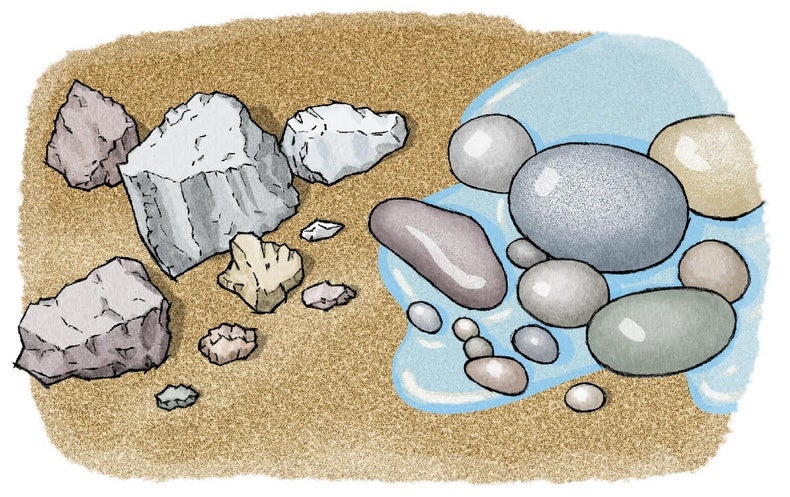



Weathering Rocks Scientific American
The process when rocks break into smaller pieces due to exposure to natural elements is called A erosion B weathering C sediments Earth Science Quiz is dissolved, worn away or broken down into smaller and smaller pieces Erosion happens when rocks and sediments are picked up and moved to another place by ice, water, wind or gravity Mechanical weathering physically breaks up rock Explanation HOPE IT CAN HELPThese are all part of the larger goal, but breaking them down or chunking them makes them easier to work on Of course some goals won't include chunking They won't require that much detail You may have already done a lot of the leg work and research For each goal you have written, try and chunk them up into 8 or 10 parts




Bedrock National Geographic Society
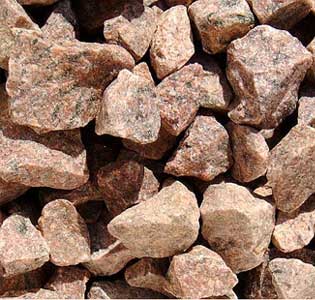



Weathering Module Introduction
Break a presentation up into several smaller presentations Problem You have a large presentation that's Getting so big that it takes forever to open and save each time you want to make a change; Mechanical weathering is the breakdown of rocks into sediments through physical means For example, weathering can carve out potholes in our streets, break down rocks to form soils, and even tear down mountains The major types of mechanical weathering processes are as follows Frost wedging Exfoliation As the roots grow, they widen the cracks, eventually breaking the rock into pieces Over time, trees can break apart even large rocks Simply so, what organism lives on rocks and causes it to break down?



What Is The Process By Which Rocks Are Slowly Broken Into Smaller Pieces Quora
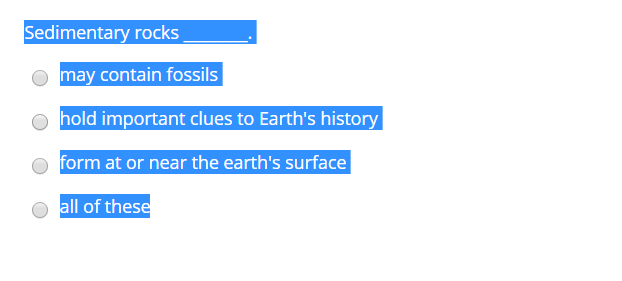



Solved The Process When Rocks Break Into Smaller Pieces D Chegg Com
Answer rocks carried by the river together and break into smaller pieces This 17 words question was answered by Heather L on StudySoup on The question contains content related to Social Studies and Social Science Since its upload, it has received 103 viewsYou just combined sugar and water into a solution Water and other substances can dissolve chemicals from rocks, causing them to break down into smaller pieces Once the rock is broken down into smaller pieces, it is able to be moved to a new location Rocks can be broken down through physical, organic, and chemical weathering processes Mechanical weathering is the breakdown of rocks into sediments through physical means Unlike chemical weathering, mechanical weathering does not alter the chemical composition of the rock One way that trees mechanically weather rocks is through their root systems These roots serve as an anchor to absorb water




The Process Of Weathering Rocks Weathering The Breaking




Solved The Process When Rocks Break Into Smaller Pieces D Chegg Com
Rocks can break down into smaller pieces by the interaction on them by plants and animals When a rock develops cracks small rock particles and soil are washed into such a crack by rain or wind If a seed should drop into such a crack, it can germinate and can grow to become a plantNo, mountains start as solid rock then the rock breaks into smaller pieces and the pieces roll down the mountain How does solid rock break into smaller pieces?Even the tiniest bacteria, algae and lichens produce chemicals that help break down the rock on which they live, so they can get the nutrients they need How do plants




How Do Rocks Break Educational Resources K12 Learning Earth Science Science Lesson Plans Activities Experiments Homeschool Help




A Rock Weathering Experiment You Can Do In Your Kitchen Mini Me Geology Blog
Trimming a rock down to size for a tumbling machine, breaking open a geode, breaking a rock into small parts for easier removal or searching for fossils within a sedimentary rock are some reasons for breaking a rock Regardless of the reason, a common hammer and chisel will do the job;Answer (1 of 1) Plants break down rocks into small pieces of rocks when their roots have become bigger and more sturdy and they need more spacethus, they break the rock into smaller pieces Over time rocks are worn away by wind and water and sun and other geological processes (like the movements of the tectonic plates (the big bits of land that float on the Earth's surface)) These rocks break apart into smaller rocks and the process continues again
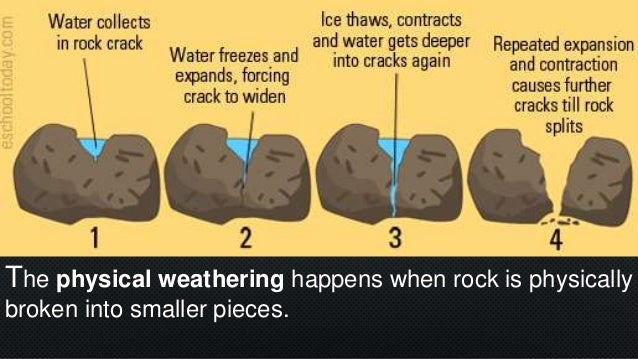



Exogenic Processes



Www Parkrapids K12 Mn Us Cms Lib Mn Centricity Domain 339 Gameforchemicalandphysicalweathering Pdf
Eg ice and fragments the rock Correct answers 3 question 3 Ice forms in the cracks of a basalt rock formation and breaks some rock into smaller pieces The diagram below shows part of the rock cycle Igneous Rocks M Magma Sediments J L Metamorphic Rocks Sedimentary Rocks K Al which point in the cycle shown above would the process of breaking down rocks occur?If you want to break large chunks into smaller chunks, take the larger chunk and place it on the ground Hit the large chunk with a metal mallet or hammer to break the limestone into smaller pieces Advertisement




Reading Weathering Geology



Weathering And Erosion Earth Processes Onegeology Kids Extra Onegeology
To answer this question, take a look at chapter 6Although the farm has a large supply of limestone, the animals initially find it impossible to break the up the stone into smaller, moreBreaking down writing assignments can help kids manage the work Kids with learning and thinking differences may not know how to break an assignment into chunks The smaller the "chunks," the more manageable they may be for your childPower Tools Breaking rocks by hand is hard work Renting some power tools can help you process large landscape rocks into smaller pieces The gasoline powered hammer drill is one of the most




Sedimentary Rocks Earth And Space Science Sedimentary Rock




Erosion And Weathering Tigtag
You want to split it into several smaller presentations




The Process Of Breaking Down Of Rocks Into Smaller Pieces And Particles Wow Texture



What Is The Process By Which Rocks Are Slowly Broken Into Smaller Pieces Quora




Study Guide Ch 12 Weathering Soil Erosion And The Provinces The Breakup Of Rock Breaking Rock Into Smaller Pieces
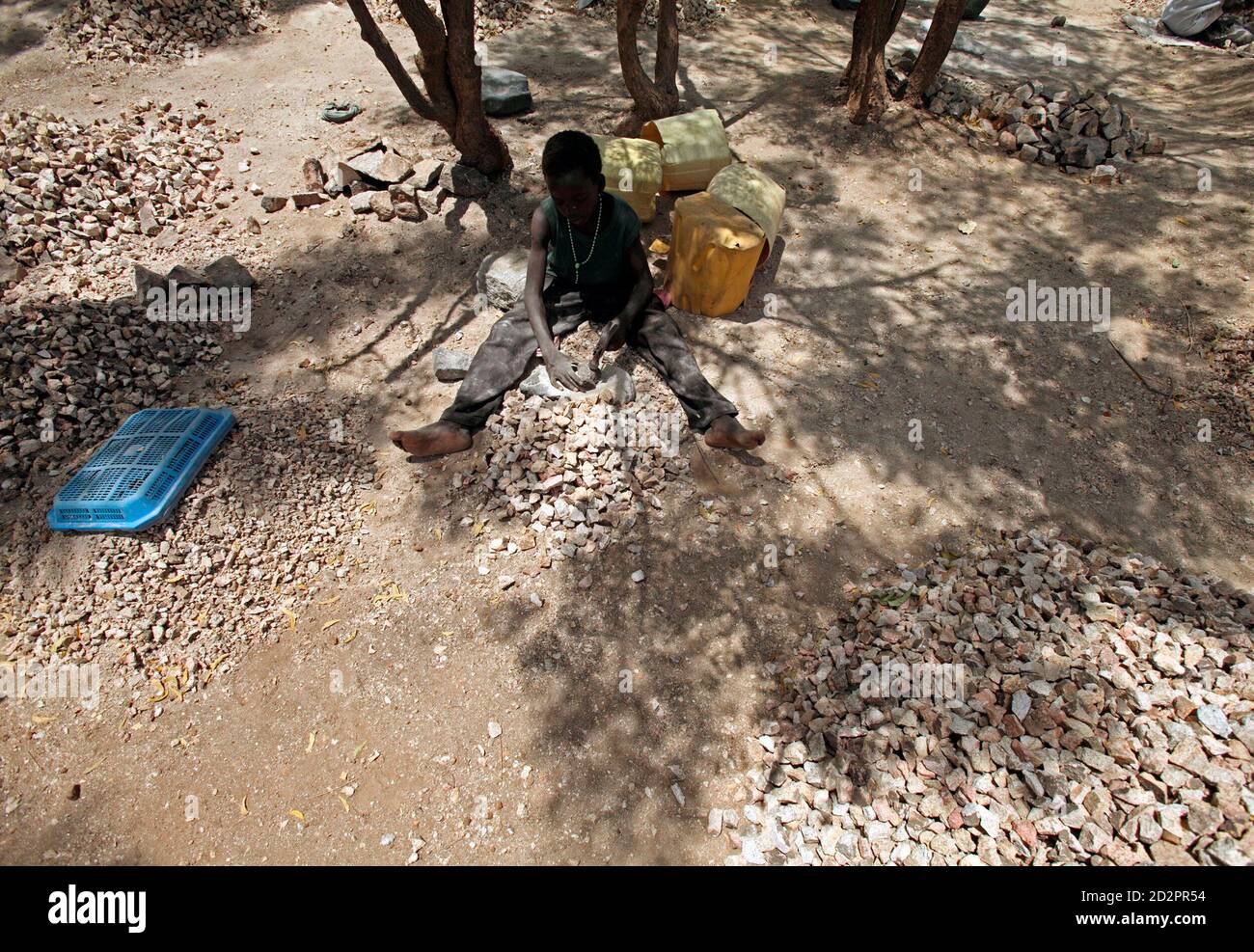



A Boy Uses A Hammer To Break Rocks Into Smaller Pieces To Be Sold For Construction Purposes In Juba South Of The Sudan Capital March 31 10 Reuters Goran Tomasevic Sudan s
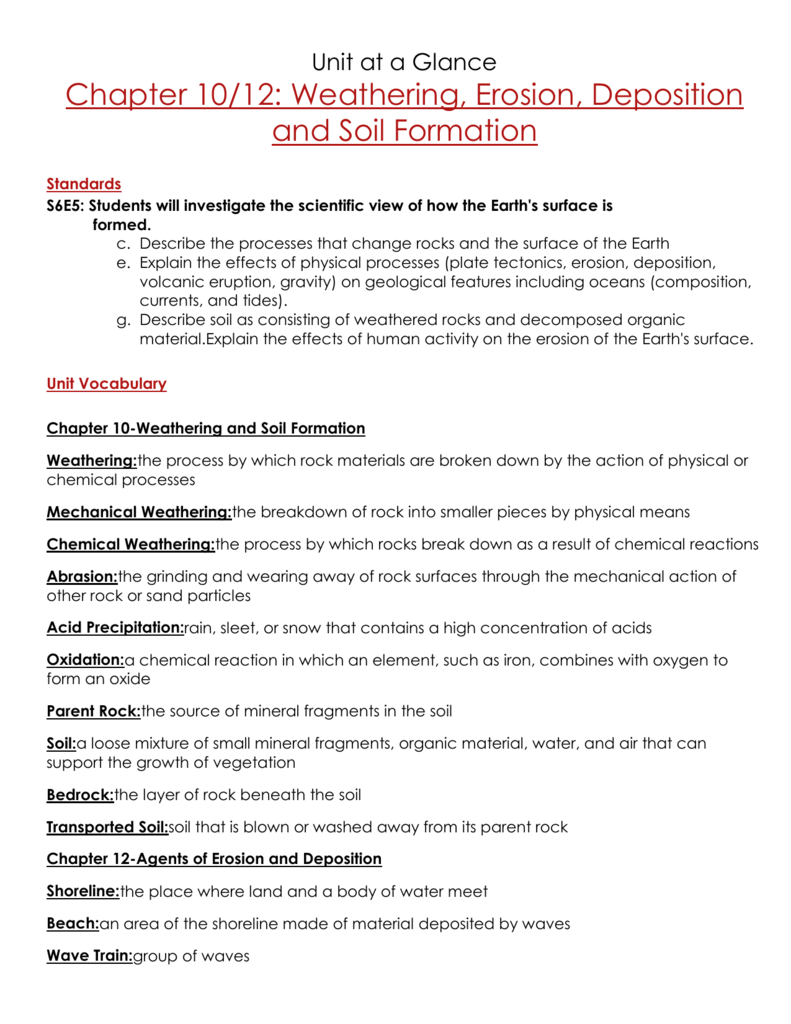



Chapter 10 Weathering And Soil Formation
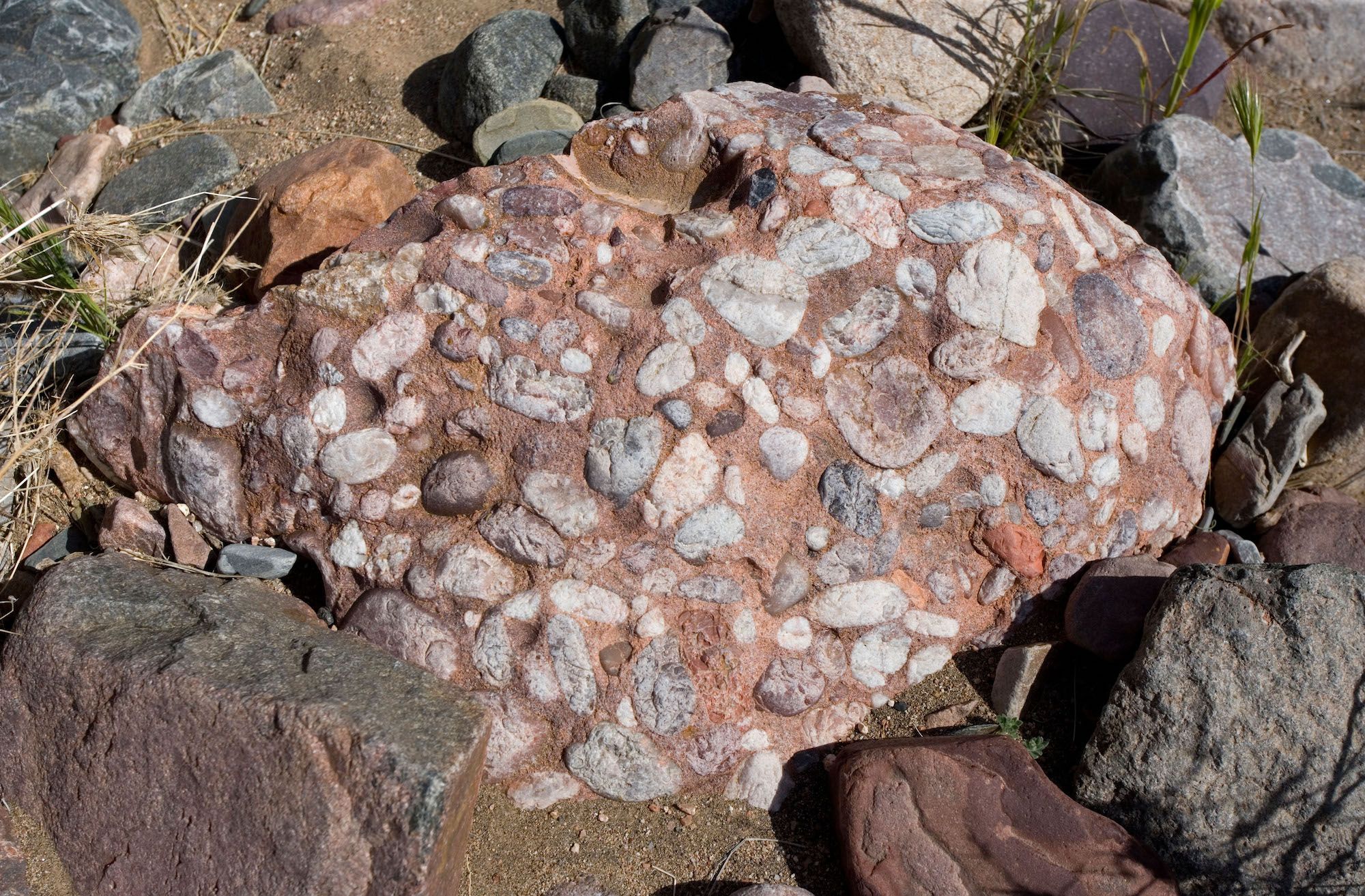



Sedimentary Rocks National Geographic Society




Rocks And Weathering



What Is The Process By Which Rocks Are Slowly Broken Into Smaller Pieces Quora




Weathering Erosion Deposition Intro To Topic 4 Flashcards Quizlet




Reading Mechanical Weathering Geology




Period Pg T




Mechanical Weathering Flashcards Quizlet




Aim What Causes Weathering And Erosion Weathering Is The Physical And Chemical Breakdown Of Rocks Into Smaller Pieces Called Sediment Due To Air Ppt Download




Weathering Physical Mechanical Weathering The Breakdown Of The Materials Of Earth S Crust Into Smaller Pieces Process By Which Rocks Are Broken Down Ppt Download




Mechanical Weathering Read Earth Science Ck 12 Foundation




Soil For 3rd Or 4th Graders Teach




Weathering




How Do Rocks Break Educational Resources K12 Learning Earth Science Science Lesson Plans Activities Experiments Homeschool Help
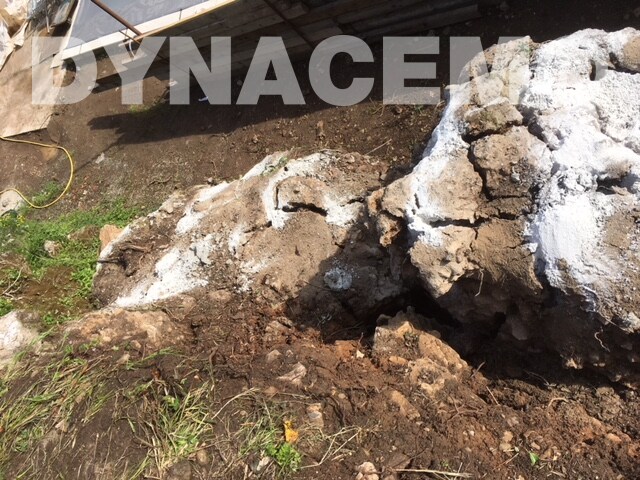



Fragmentation Of The Rock Boulder Hanging On The Slope To Prevent It To Fall As A Whole Into A Nearby Swimming Pool Rock Boulder 2 5m 1m 1m Has Been



Weathering Of Rocks River Sea Oceans Temperature Important Salt System Oxygen



Q Tbn And9gctqpi3uqtciq6p69eaf3brdvau9ll3pzjks0hyljram5gj4rqjt Usqp Cau




Weathering The Process Of Rock Breaking Down Into Smaller Pieces Ppt Download



1




Weathering Weathering The Physical And Chemical Breakdown Of Rocks Into Smaller Particles Called Sediments Pptx Powerpoint




Weathering National Geographic Society




Reading Weathering Geology




Gotbooks Miracosta Edu




Looking Back How Does Acid Rain Weather Rocks




5 Weathering Erosion And Sedimentary Rocks An Introduction To Geology




The Breakdown Of Rock Into Smaller And Smaller Pieces Ppt Video Online Download



Weathering And Erosion Earth Processes Onegeology Kids Extra Onegeology




Stem Engine Earth Science Exogenic Processes Facebook
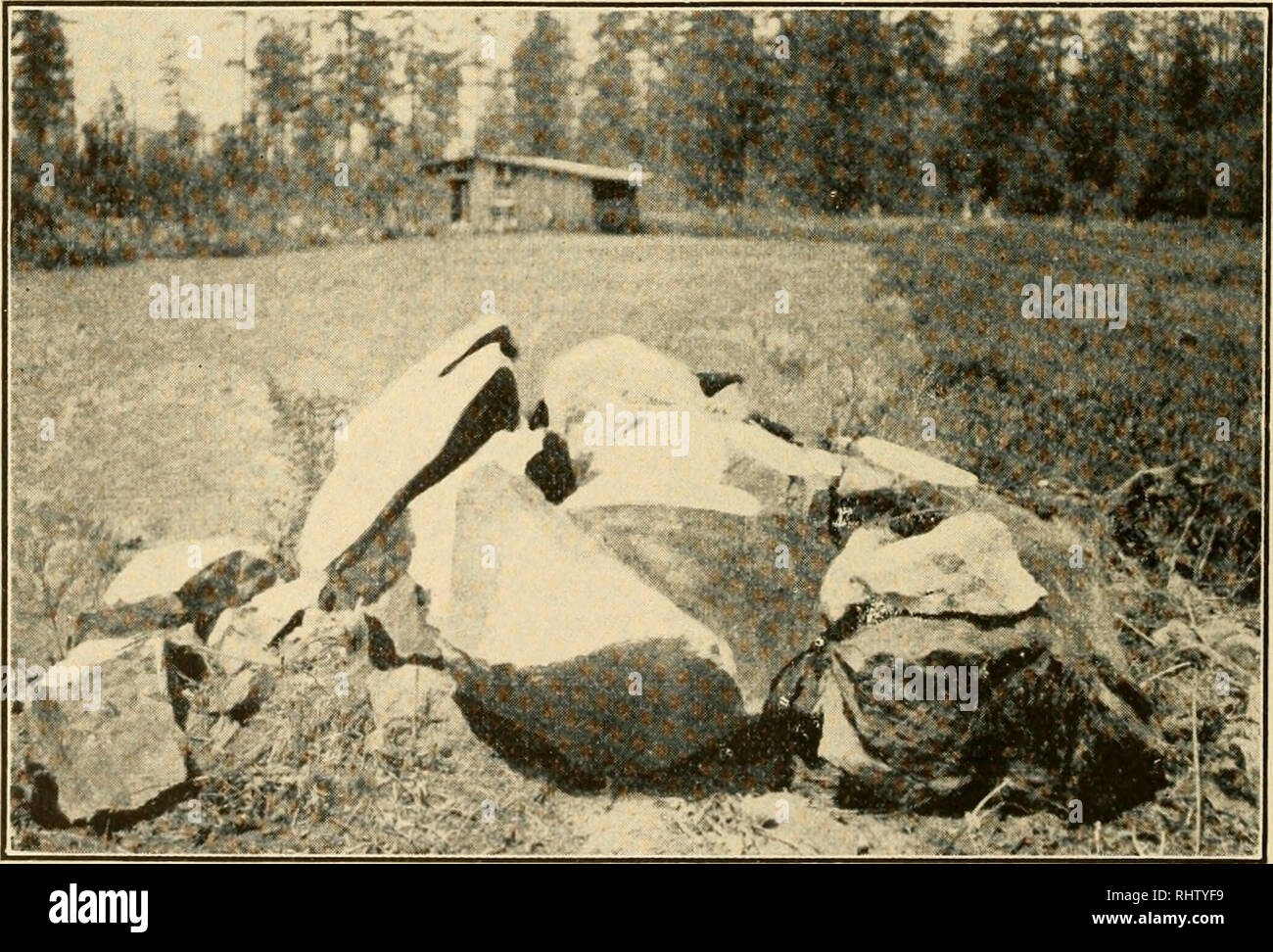



Better Farming With Atlas Farm Powder The Safest Explosive The Original Farm Powder Explosives In Agriculture Better Farming With Atlas Farm Powder The Breakage Desired Atlas Farm Powder Will Break Rocks
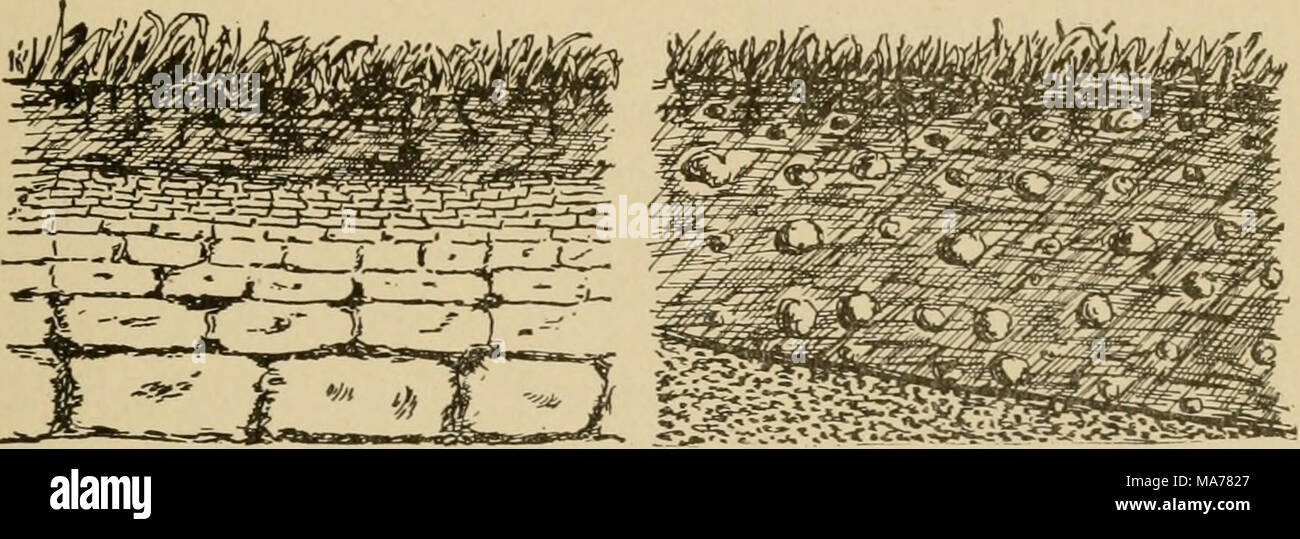



Elementary Agriculture With Practical Arithmetic Drawing Showing How Rock Grad Ually Breaks Up And Decays From The Top Downward Drawing Showing Glacial Drift De Posited On Top Of The Solid



Www Leonschools Net Cms Lib Fl Centricity Domain 2806 Ch 2 presentation Pdf




The Rock Cycle The Lithosphere Siyavula




Chemical Weathering An Overview Sciencedirect Topics



Title
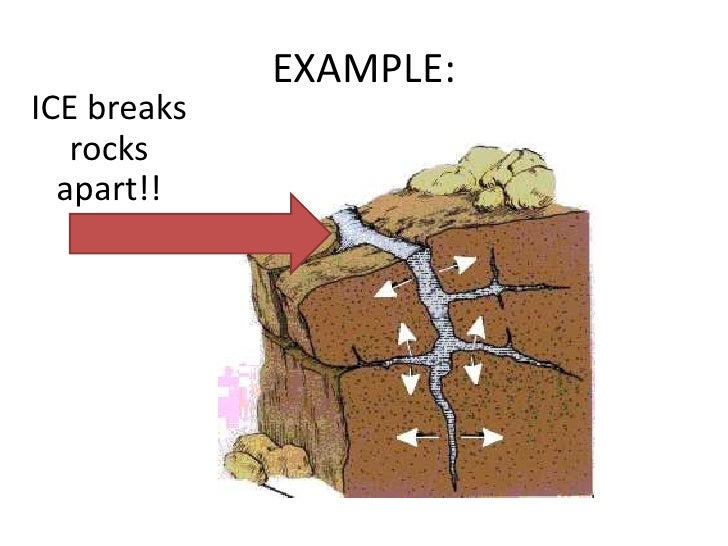



10 4 11 And 10 5 11




Treebeforeremoval Weathering And Erosion Science For Kids Science Experiments Kids




The Breakdown Of Rock Into Smaller And Smaller Pieces Ppt Video Online Download
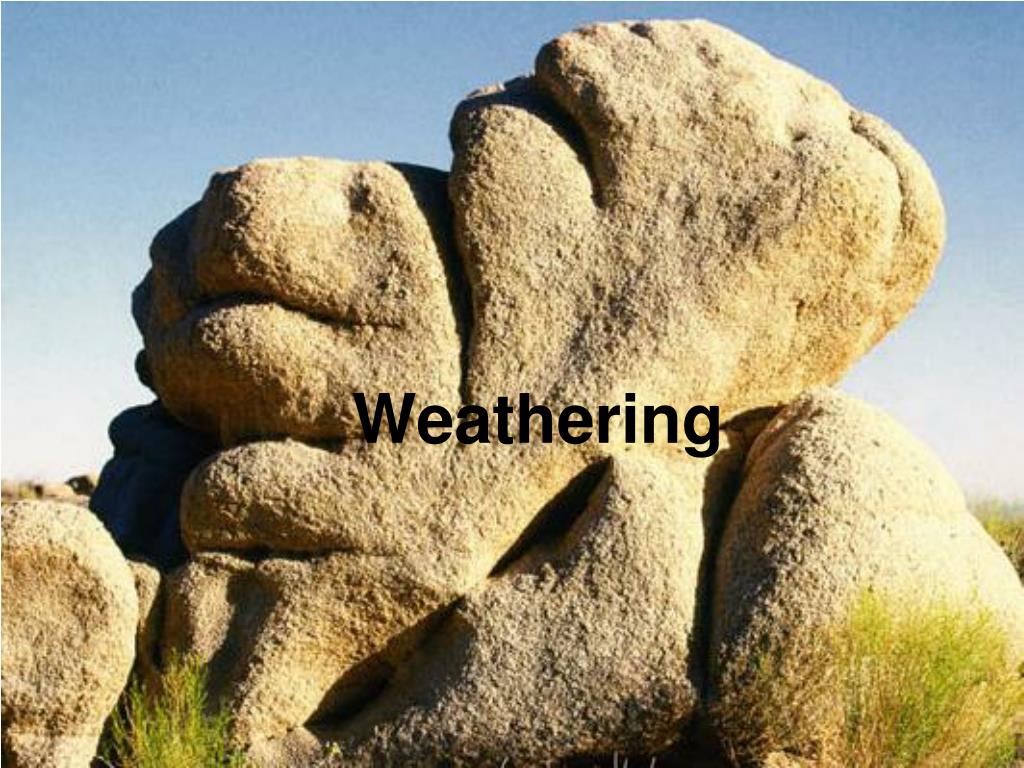



Ppt Weathering Powerpoint Presentation Free Download Id



Www Baschools Org Vimages Shared Vnews Stories 5034e6f71f062 Chapter 16 section one Pdf
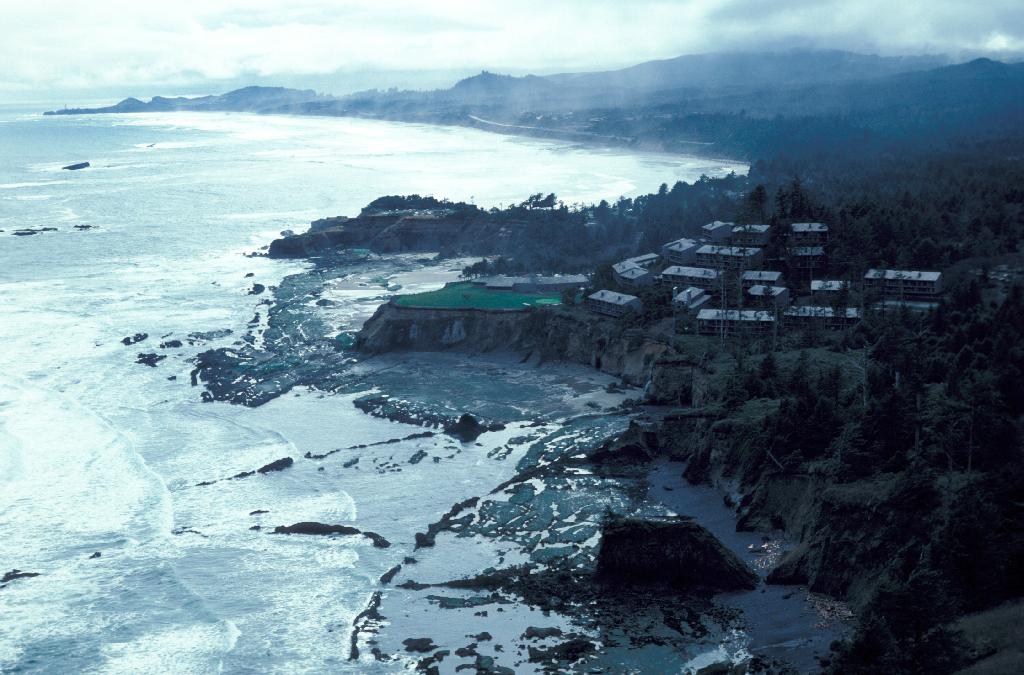



How Do Rocks Break Down Into Smaller Pieces American Geosciences Institute




3 Ways To Break Big Rocks Wikihow




Examples Of Mechanical Weathering Science Project Education Com




Lesson 3 How Do Weathering And Erosion Affect Rocks Pages 1 4 Flip Pdf Download Fliphtml5




Weathering Physical Mechanical Weathering The Breakdown Of The Materials Of Earth S Crust Into Smaller Pieces Process By Which Rocks Are Broken Down Ppt Download



Q Tbn And9gcsks3qszwadp Am Soqqv3rjjjvsw7pffnb68gi6u2j8ffalk E Usqp Cau
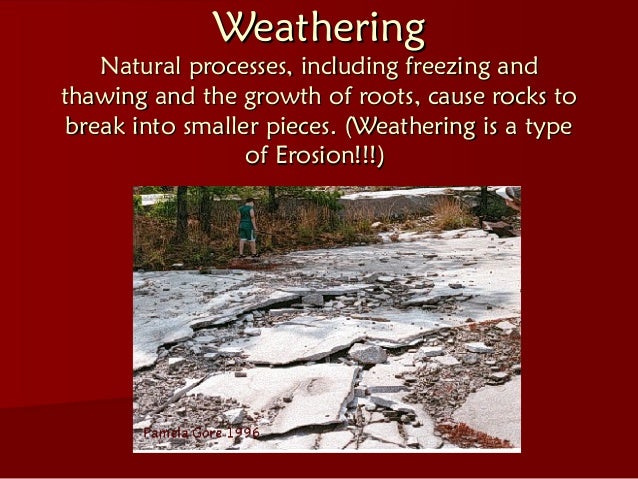



Weathering




What Natural Activities Work To Break Down Rock




Pin On Rocks




Reading Mechanical Weathering Geology




Geology Cafe Com
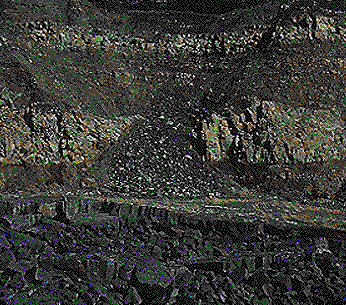



Sedimentary Rocks Lesson 13 Volcano World Oregon State University



What Is The Process By Which Rocks Are Slowly Broken Into Smaller Pieces Quora




Weathering The Process Of Breaking Down Of Rocks Into Smaller And Smaller Pieces Of Rock These Small Pieces Are Known As Sediment Sediment Breaks Down Ppt Download



Weathering And Soil Rocks And Weathering Uniformitarianism The




Weathering Wikipedia




Weathering And Erosion Weathering Is The Breaking Down Of Earth S Surface Into Smaller Pieces Erosion Is The Process That Picks Up And Carries Away Ppt Download




How Do Rocks Break Into Pieces Brainly Ph



Thunderbolt Kids
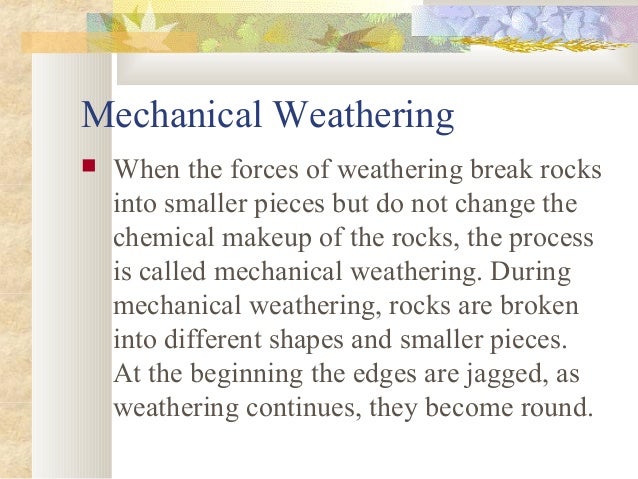



Weathering And Soil Formation



Ch 7 Weathering And Mass Wasting Intro To Earth Science Esci110 405




Weathering Erosion Weathering And Erosion Weathering Is The




Ppt Weathering Erosion Deposition And Landscapes Powerpoint Presentation Id




Weathering Is The Breakdown Of Rocks Into Smaller Particles Called Weathering Is When Rocks Are Brainly Com




Weathering All Of The Processes That Break Rock Into Smaller Pieces Ppt Download



The Learning Zone Rock Cycle




High School Earth Science Weathering Wikibooks Open Books For An Open World




Weathering Lesson For Kids Definition Facts Video Lesson Transcript Study Com




Solved Question 10 Which Of The Following Is An Example O Chegg Com




Reading Mechanical Weathering Geology




Weathering Erosion And Soil Formation Standard S 6




Identify The Concept Being Described In Each Item Use The Picture Clues Below Write The Letter Of Brainly Ph




3 Ways To Break Big Rocks Wikihow




Answer 3 Weathering Erosion




Chapter 5 Weathering And Mass Movement 5 Weathchapter 5 Weathering Soil And Mass Movements Section 1 Weathering Key Concepts Spheroidal Weathering Is A Form Of Chemical Weathering Pdf Document



コメント
コメントを投稿